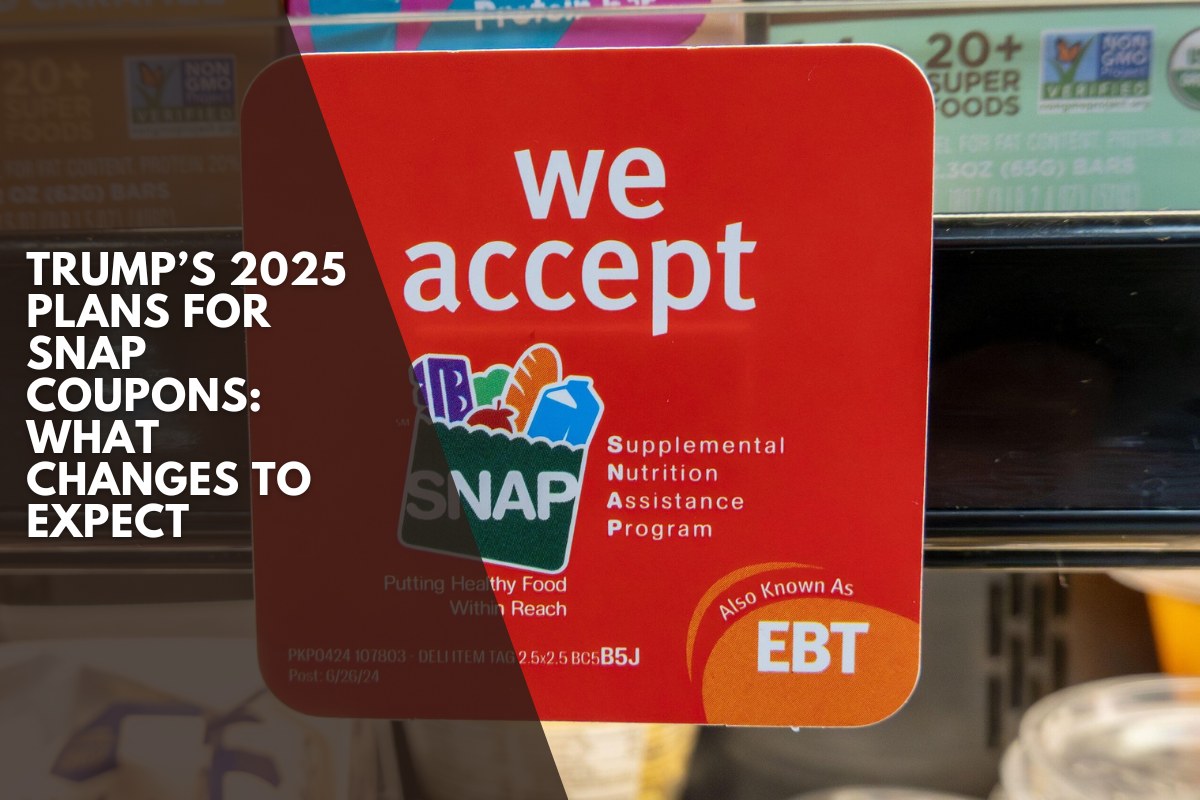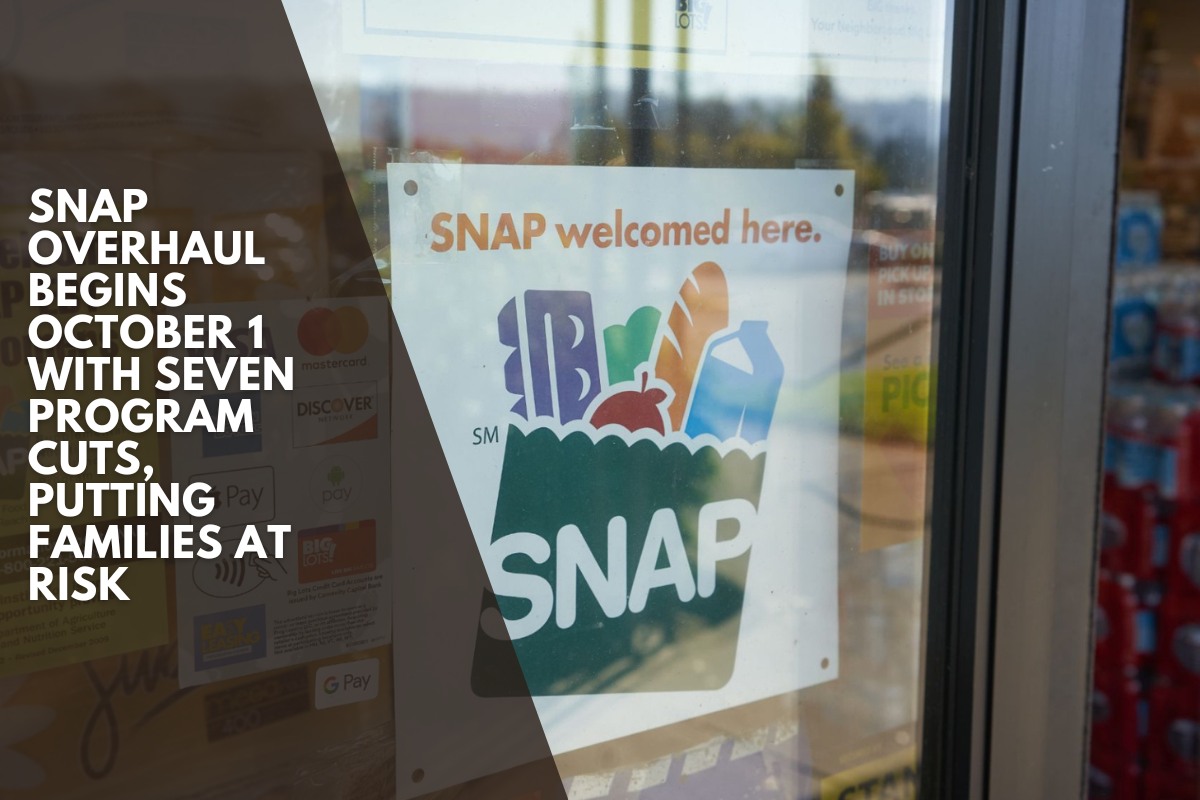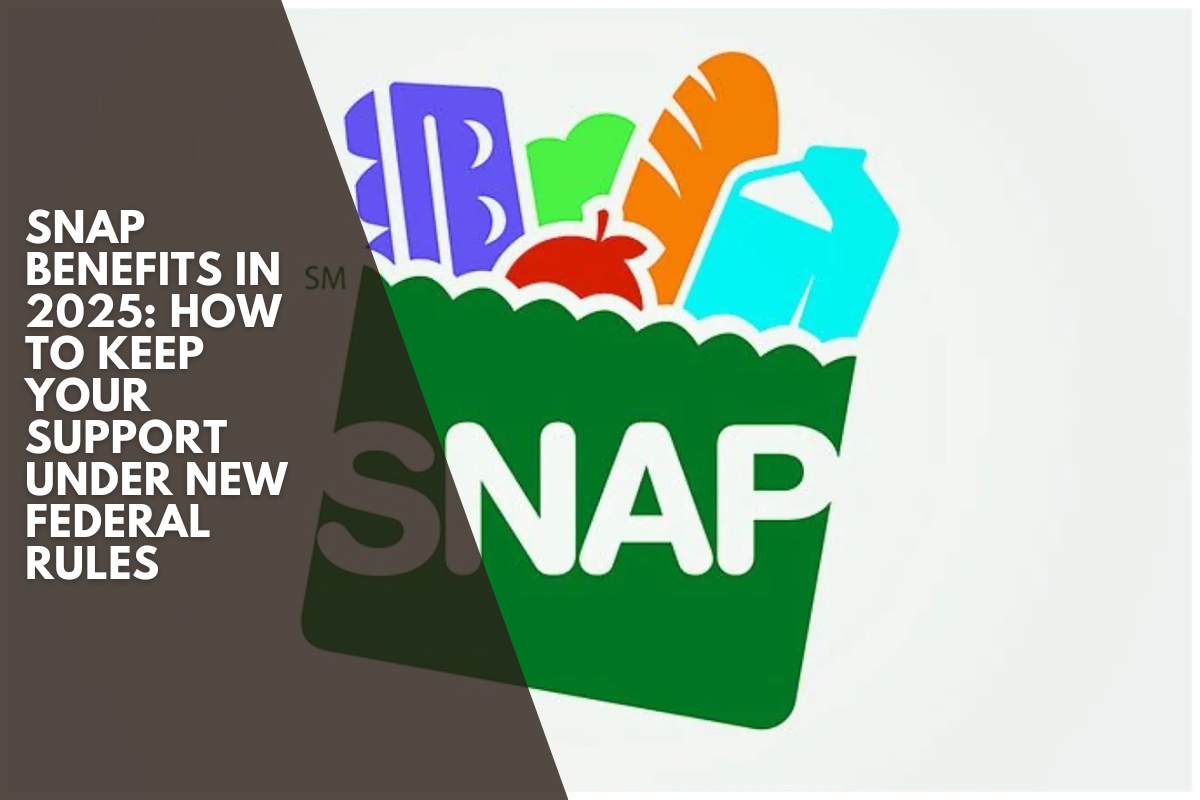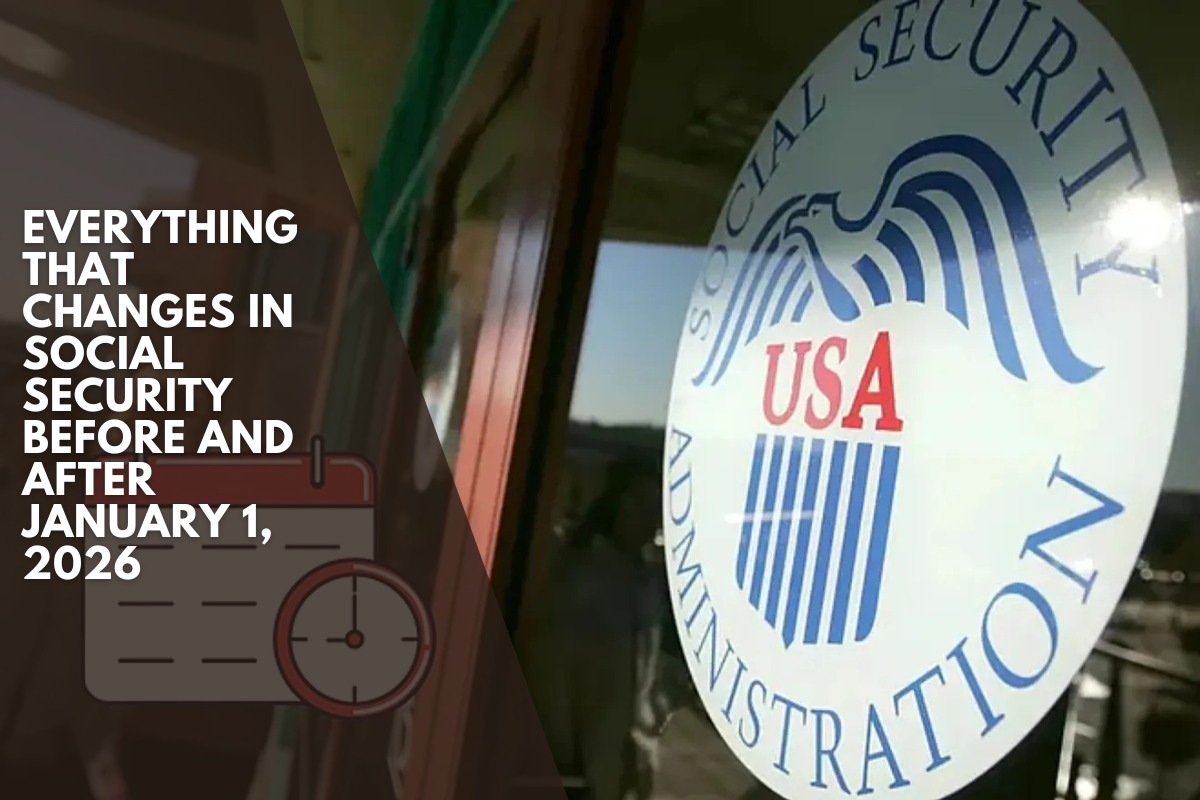The Supplemental Nutrition Assistance Program (SNAP), commonly known as food stamps, plays a crucial role in helping millions of low-income Americans afford food. With President Donald Trump taking office again in 2025, changes to the SNAP program are being proposed, causing a wave of concern and interest across the nation. This article breaks down the expected changes, what they mean for recipients, and how communities can adapt.
Key Changes to SNAP in 2025
The Trump administration has proposed several changes to SNAP that could affect millions of Americans. Here’s an overview of the potential changes:
Funding Reductions: A potential 30% reduction in SNAP funding.
Stricter Work Requirements: Expanded work or training mandates for able-bodied adults without dependents.
“Harvest Box” Proposal: Prepackaged food boxes may replace part of the current SNAP benefits.
Legislative Process: These changes require congressional approval and will be subject to bipartisan scrutiny.
As we move toward 2025, it’s important for recipients, policymakers, and the general public to stay informed about how these changes might impact food security and economic stability.
Understanding SNAP and Its Importance
SNAP is vital for over 41 million Americans who rely on it to afford food. In 2024, the average benefit was $169 per person, helping families avoid food insecurity. SNAP also supports local economies by injecting billions of dollars into grocery stores and farmers’ markets annually.
Why Changes Are Being Considered
The Trump administration has focused on welfare reform, aiming to reduce dependency and increase fiscal responsibility. These goals have led to proposals such as tightening eligibility and expanding work requirements. While supporters argue this will encourage self-sufficiency, critics fear it could negatively affect vulnerable populations.
Impact of Proposed Changes on SNAP Recipients
Funding Reductions:
If funding for SNAP is cut by 30%, families may experience the following impacts:
Lower Benefits: Families may receive less money for groceries. For example, a family of four currently receiving $975 per month could see their benefits reduced.
Stricter Eligibility: Some families may be disqualified if their income exceeds new thresholds, leaving them without support.
Economic Ripple Effect: Retailers who rely on SNAP spending may see a decrease in revenue, which could hurt local economies.
Actionable Tip: Families should explore local food banks and community resources, as well as adopt budgeting strategies to help mitigate the impact.
Stricter Work Requirements:
The proposed changes to work requirements could affect able-bodied adults without dependents (ABAWDs) under 50 years old. The number of required work or training hours may increase from 20 hours to 30 per week.
Challenges: For people working part-time or living in areas with limited job opportunities, this could be a significant burden. Some may struggle to meet the new mandates, particularly if they have caregiving responsibilities or health issues.
Example: A 35-year-old working part-time at a gas station might need to enroll in training programs to maintain eligibility, which could be difficult if transportation or time is limited.
The “Harvest Box” Proposal:
The Trump administration has suggested replacing a portion of SNAP benefits with prepackaged food boxes, containing staples like canned vegetables, grains, and other non-perishable items.
Pros: The plan ensures recipients receive nutritious food, reducing misuse of benefits.Cons: This limits personal choice, especially for families with dietary restrictions or cultural preferences. It could also be logistically challenging to implement, particularly in rural areas with fewer resources.
Practical Insight: Families may need to adjust by incorporating prepackaged food into their meals. However, fresh produce and personalized grocery shopping may no longer be an option.
Navigating the Legislative Hurdles:
Any changes to SNAP require approval from Congress, and significant pushback is expected. Groups such as Feeding America, retailers like Walmart and Kroger, and economists will likely voice opposition due to concerns about the potential negative effects on vulnerable populations and local economies.
How to Prepare for Potential Changes
Stay Informed:
Follow updates about SNAP changes and official announcements. Keep an eye on news from the USDA and other trusted sources.
Explore Alternative Resources:
Local food banks, charities, and organizations like Feeding America can help fill the gaps created by reductions in SNAP benefits.
Advocate for Change:
Engage with local representatives and support advocacy groups that align with your views. Your voice can make a difference in shaping the future of SNAP.
Adjust Household Budgets:
Start preparing for possible reductions by reviewing and optimizing grocery spending. Use apps and coupons to find discounts and save money on food.
Build Community Connections:
Strengthen relationships with neighbors and local support networks. Sharing resources and strategies can help your family adapt to changes more easily.
The potential changes to SNAP under the Trump administration in 2025 could significantly affect millions of families across the country. While the administration argues that the changes are aimed at reducing dependency and promoting self-sufficiency, critics fear the impacts on vulnerable groups.
By staying informed, exploring alternative resources, and adjusting household budgets, families can better navigate these potential changes. With advocacy and support, it’s possible to minimize the disruptions and continue meeting essential needs.












